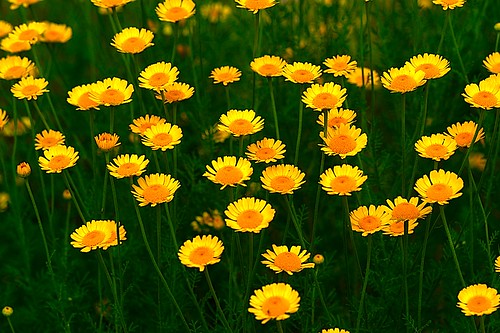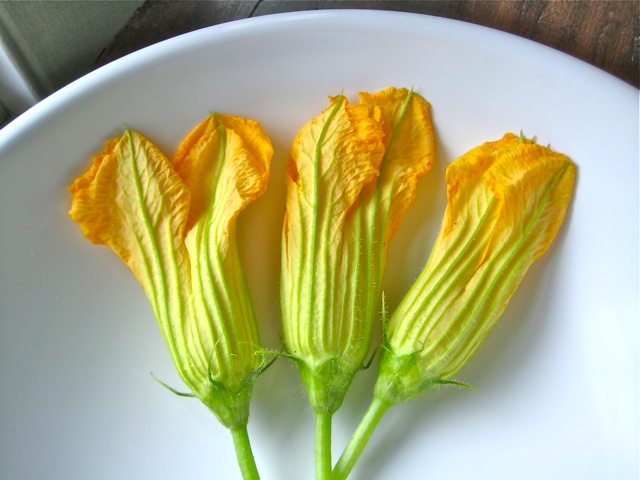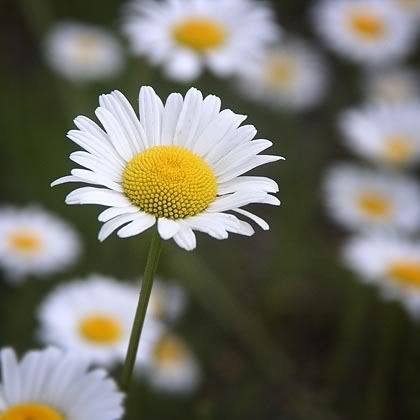The sun is back, the weather is bright and flowers are blooming – yes, spring is finally here! But have you ever thought that some, like my grandma, wait for spring in order to pick up the flowers she grows and make some rosewater and rose petals jam! It’s her best time of the year because she can turn spring’s beauty to delicious dishes!
Flowers have been a culinary ingredient for centuries, for Chinese, Roman and even biblical writings mention incorporating flowers in their diets! Little information is proven about the benefits of flowers in treating diseases; however, some flowers may help in treating digestive diseases, menstrual pain and flu symptoms.
Following my Valentine’s post on edible rose petals in my dish, in which I tasted rose petals for the first time, I decided to dig deeper into edible flowers, with Spring almost here and all! I consulted with a book I had since 2008 but never actually used, called Healthy Plants by Dr. Gordon M. Cragg. The book had lots of flowers and plants I have never heard of, so I chose to talk about the most familiar ones, at least familiar to me.
My Top 5 Flowers
Rose petals contain 95 % water and therefore, they are low in calories. However, they do contain some vitamin C and fibers. Some use roses to add a perfumed and tender texture to salads or even chocolate! My grandma prefers using sweet rose petals in herbal teas and to make us some rose water syrup and rose petals jam.
 |
| Roses in Arez |
Chamomile offers anti-inflammatory properties as well as sedative ones. Infusing chamomile can aid the stomach and help in decreasing intestinal spasms caused by anxiety or nervousness. It is important though to keep in mind that even though it is quite common to give babies chamomile tea to sooth any colic, it is definitely not recommended, especially that infants’ kidneys would still be immature, making it harder to cleanse your fluids.
Squash blossoms, the yellow flower that grows at the end of zucchinis and other types of squash can actually be eaten as it is, sautéed and some even have it fried! We have one in the garden next to us, but we always throw away those flowers. Maybe next time I’ll invest in a recipe and include these yellow flowers in it! According to my book on edible flowers, squash blossoms have a sweet nutty flavor and are lower in calories than daylilies; they can contain 5 calories in one cup!
Wild Daisies are the famous “he loves me, he loves me not” flowers! These flowers (and their leaves) are rich in saponins, tannins, inulin and organic acids. Most daisies petals contain potassium. They can be incorporated in salads, in jams, in honey, in infusions as well as topically. They are mildly diuretic, mildly laxative and can be used to aid fevers and infections when used topically.
Lavender is mostly blended in herbal and green teas, baked goods and desserts especially chocolate as well it’s used in honey making! In France, it is often blended with cheese or goat’s milk cheeses. Lavender has also some calcium, vitamin A, iron and vitamin C with 45 calories per cup. Lavender has been used as anti-fatigue infusion, but it is important not to use large amounts of lavender in your diet, it might cause nervousness!
It is crucial to keep in mind that NOT all flowers are edible, and therefore, it is necessary to consult a reference book or a qualified botanical professional. Moreover, commercial flowers or flowers on the streets are best not eaten – they would be swimming in pesticides and pollutants, so it’s best to either grow your own or buy organically grown flowers.




